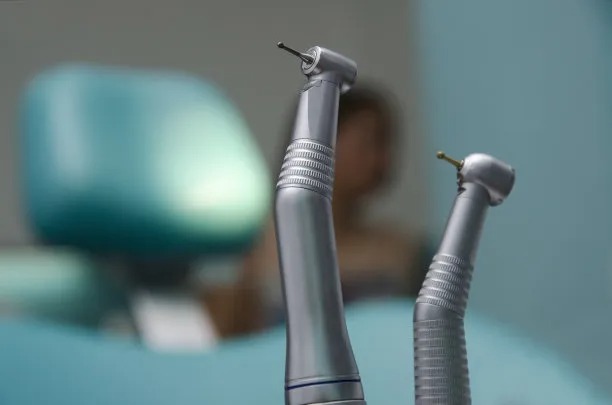The Essential Guide to Understanding the Process and Recovery After Extracting a Tooth for Optimal Oral Health
Summary: Understanding tooth extraction and its subsequent recovery process is crucial for maintaining optimal oral health. This guide elucidates the steps involved in tooth extraction, the recovery period, post-operative care, and the potential complications that may arise. By comprehending these aspects, patients can navigate their oral health more effectively and ensure a smoother recuperation. This article aims to provide valuable insights and advice for those preparing for or recovering from a tooth extraction, promoting healing and a return to normal health.
1. The Process of Tooth Extraction Explained

The process of extracting a tooth begins with a thorough examination and consultation with a dentist. The dental professional will assess the condition of the tooth and any underlying issues, such as decay, infection, or crowding. X-rays may be taken to get a clear picture of the tooth’s roots and the surrounding bone structure. This initial stage is essential for formulating a safe and effective extraction plan.
Once the examination is complete, the dentist will discuss anesthesia options with the patient. Local anesthesia is commonly used to numb the area around the tooth, while sedation may be offered for more complex extractions or for patients with dental anxiety. The choice of anesthesia contributes significantly to patient comfort and overall experience during the procedure.
After anesthesia has taken effect, the dentist will proceed with the extraction. This process typically involves loosening the tooth from its socket using specialized instruments. Depending on the tooths condition, the extraction may be straightforward or require surgical intervention, including cutting through gum tissue or bone. Once the tooth is removed, the dentist will ensure that the area is clean and may place gauze to control bleeding.
2. The Recovery Period After Extraction
Recovery after tooth extraction varies among individuals, but understanding the general timeline can aid in managing expectations. Immediately following the procedure, it is common to experience some swelling and discomfort. Ice packs can be applied to the face to alleviate swelling, and over-the-counter pain medication is often recommended to help manage pain levels.
As the days progress, patients should monitor their symptoms closely. Typically, the most noticeable discomfort subsides within 48 to 72 hours. However, it is crucial to continue following post-operative care advice, which includes rest, hydration, and a gradual return to normal activities. Avoiding vigorous exercise or strenuous tasks helps the body focus on healing.
About a week after the extraction, patients usually return to the dentist for a follow-up appointment. During this visit, the dentist will check the surgical site to confirm proper healing and address any concerns. Stitches, if used, may be removed during this appointment to facilitate the healing process.
3. Important Post-Operative Care Instructions
Effective post-operative care plays a significant role in the recovery process. Dentists typically provide written instructions, which may include guidance on pain management, dietary modifications, and activity restrictions. It is essential to adhere to these guidelines for a smoother recovery.
Dietary recommendations often advise consuming soft foods, avoiding hot or spicy items, and refraining from using straws for at least a week. These precautions can prevent irritation and support the healing of the extraction site. Staying hydrated is also vital for overall recovery.
Maintaining oral hygiene is crucial during the recovery phase. While it is important to avoid brushing directly on the extraction site, gentle rinsing with saltwater can help reduce the risk of infection. Patients should listen to their bodies and adjust their oral care routines as directed by their dentist.
4. Potential Complications After Tooth Extraction
Understanding the potential complications that may arise after tooth extraction is vital for prompt identification and management. One common complication is dry socket, which occurs when the blood clot at the extraction site becomes dislodged or dissolves, exposing the bone underneath. Symptoms include severe pain and an unpleasant taste or odor. If dry socket occurs, patients should contact their dentist for treatment options.
Another complication can be infection, indicated by increased swelling, redness, or discharge at the surgical site. Antibiotics may be prescribed if an infection is detected. Patients should be vigilant about their symptoms and report any unusual changes to their dentist.
Finally, nerve injury, although rare, may occur during the extraction of lower wisdom teeth, leading to numbness or tingling in the lip or chin. Patients experiencing these symptoms should inform their dentist, who can assess the situation and provide guidance on recovery and management strategies.
Summary: In conclusion, understanding the intricacies of tooth extraction and the recovery process is instrumental in achieving optimal oral health. From the procedures details to the aftercare and potential complications, being informed empowers patients to take control of their dental health. A proactive approach to managing risks and adhering to care guidelines can lead to a smoother recovery and a healthier mouth.
This article is compiled by Vickong Dental and the content is for reference only.



